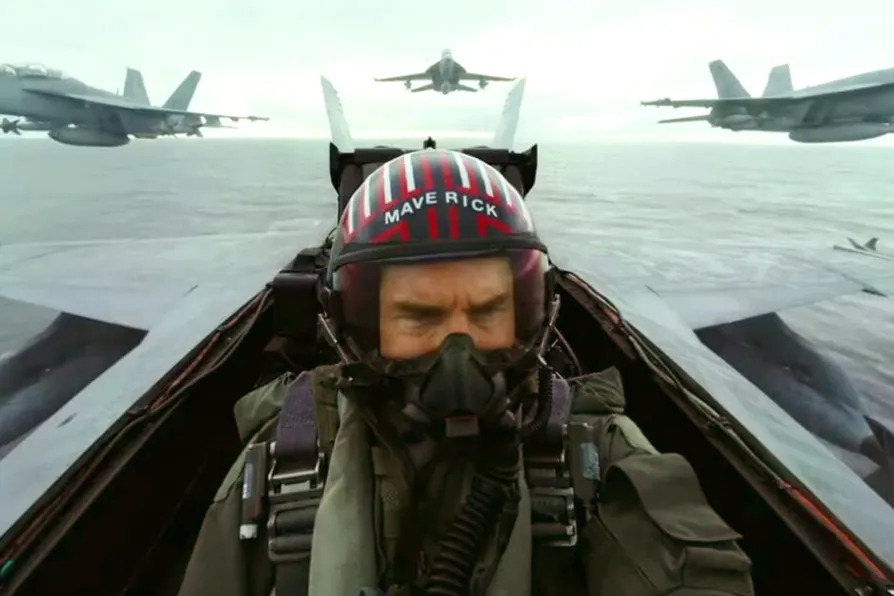GEOFF BOTTOMS appreciates the local touch brought to a production of Dickens’s perennial classic
Mind games from a rapidly waning empire
ANGUS REID takes issue with the pernicious imperial sabre-rattling purveyed by a dying empire in the latest edition of Top Gun

 Tom Cruise as Capt. Pete 'Maverick' Mitchell
[IMDb]
Tom Cruise as Capt. Pete 'Maverick' Mitchell
[IMDb]
THE sheer scale of Top Gun is breathtaking. By this I don’t mean the military hardware eagerly lent to Tom Cruise, but the way it saturates global cinema. You don’t have much choice but Top Gun if you want to watch a film for the next month.
There are 18 screenings a day at my local cinema, and it is showing in at least 24,000 cinemas simultaneously around the world. It would be absurd to take its success at the box office as a mark of quality when it is guaranteed.
The critical response, including in this paper, is overwhelmingly positive, and the audience is already in the millions. But how much of that audience have awareness of the politics that is driving the show?
Similar stories

Trump’s policy on Ukraine has shifted the transatlantic order and the illusion of European power has been dispelled – leaving behind the harsh reality of the continent’s irrelevance and its inability to shift the geopolitical dial, writes PAWEL WARGAN

By honestly telling Ukraine that it will not become a Nato member, Trump and Hegseth have opened the door to a possible end to the conflict but have also altered the political dynamic on both sides of the Atlantic, write MEDEA BENJAMIN and NICOLAS JS DAVIES

With its track record of leveraging cultural power for US gain and barely concealed promotion of coup attempts, the US Agency for International Development will not be mourned among the US’s southern neighbours, write JOHN PERRY and ROGER D HARRIS

With a struggling economy, the US is facing a hard choice between ‘guns or butter.’ MEDEA BENJAMIN and NICHOLAS JS DAVIES see the signs that the incoming president will opt for the former










